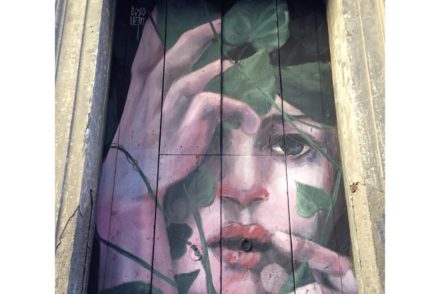The long run of lockdown led to rethink many aspects of well-being: family, nature, eco-sustainable spaces to work and smart-living spaces tailored to oneself.
But how to build sustainable spaces for the mind, the soul and the body?
Introduce the plants indoor can increase mental health, at home and in the workplace. In particular it has been observed that l’anxiety significantly decreases with active interaction, observe and care for the plant.
Plant for the forgetful
A plant easily found, whose botanical name is Scindapsus aureus, Oh aureum, also called pothos or more commonly potos. Originally, he was endemic to the island of Mo’orea of the Society Islands of French Polynesia, it is now wild in many tropical and sub-tropical countries of Asia and Oceania.
This is a very easy plant to grow that also tolerates living conditions that would lead to rapid decay of any other houseplant.: dry heat, humidity-free air, dust, dark corners, prolonged drought ... the potos seems to resist even the most distracted gardener, that you forget about its plants! and this is perhaps one of the reasons that made it so widespread not only for the great beauty of the foliage. It can therefore be counted among the most typical indoor plants, but it is native to the Pacific islands.
The potos is called the “forgetful plant ", for its great resistance even when you forget to treat it, but the name pothos could derive from the Greek with ambivalent meaning of desire or mourning: desire because it is linked to the heart shape of its leaves and the fact of being an evergreen plant, as well as the fire of a passion; mourning instead why, being a climbing plant, it is usual to find it in cemeteries as a decorative element. Also, once again the evergreen leaves express the concept of eternity, strongly interconnected with the theme of death.
The shiny leaves, make it an elegant plant, which acts as a piece of furniture in our homes; in recent years his popularity has further increased due to his skills in "Air purifier". Some studies have in fact found that it is able to absorb a large amount of pollutants deriving from city traffic, in addition to some components of the very common indoor paints.
The leaves are generally oval or heart-shaped and are shiny, slightly waxy, thick and rigid, and they develop on long fickle branches from which aerial roots emerge which allow the plant to cling to any support. They are generally grown as climbers, placing in a pot a brace up to a couple of meters high on which the plant develops. There is also a small leaf variety, often visible in hanging baskets like hanging plants, and the foliage has yellow streaks, of white, white / pink.
To cultivate it, precisely because it does not require special care, it is enough to have a pot large enough to give it the right nourishment and it is better if it has a handful of expanded clay at the bottom so as to avoid dangerous stagnant water. It is not a plant that loves direct light and will grow well even in rooms facing north or in particularly humid environments, how can the bathroom be.
One of the precautions is not to overdo it with water: even a single watering once a week is enough, or at least wait until the soil is dry between one and the other. At the restart of the growing season it can be repotted or at the most add new soil. If it gets too loud, twigs can be detached and then rooted in water: within a few weeks you will have a new plant that will grow with more vigor the more care you demonstrate.
Finally, remember that potos grows best in a humid environment, therefore it is appropriate to worry about it by vaporizing the leaves especially in summer.
The flowers are very small, although it is very rare that flowering occurs in cultivation.
Here instead a suggestion to experience the joy of flower design.

Light | It prefers indirect light but adapts to light light.
water | Keep moist in the warmer months but not soggy. Water less in the colder months and let the soil dry for longer between watering.
Nutrients | Feed with slow release fertilizer once every six months (refer to the packaging for the dosage). In the warmer months, feed twice with a liquid fertilizer.
Ground | Very light, with aggregates.



